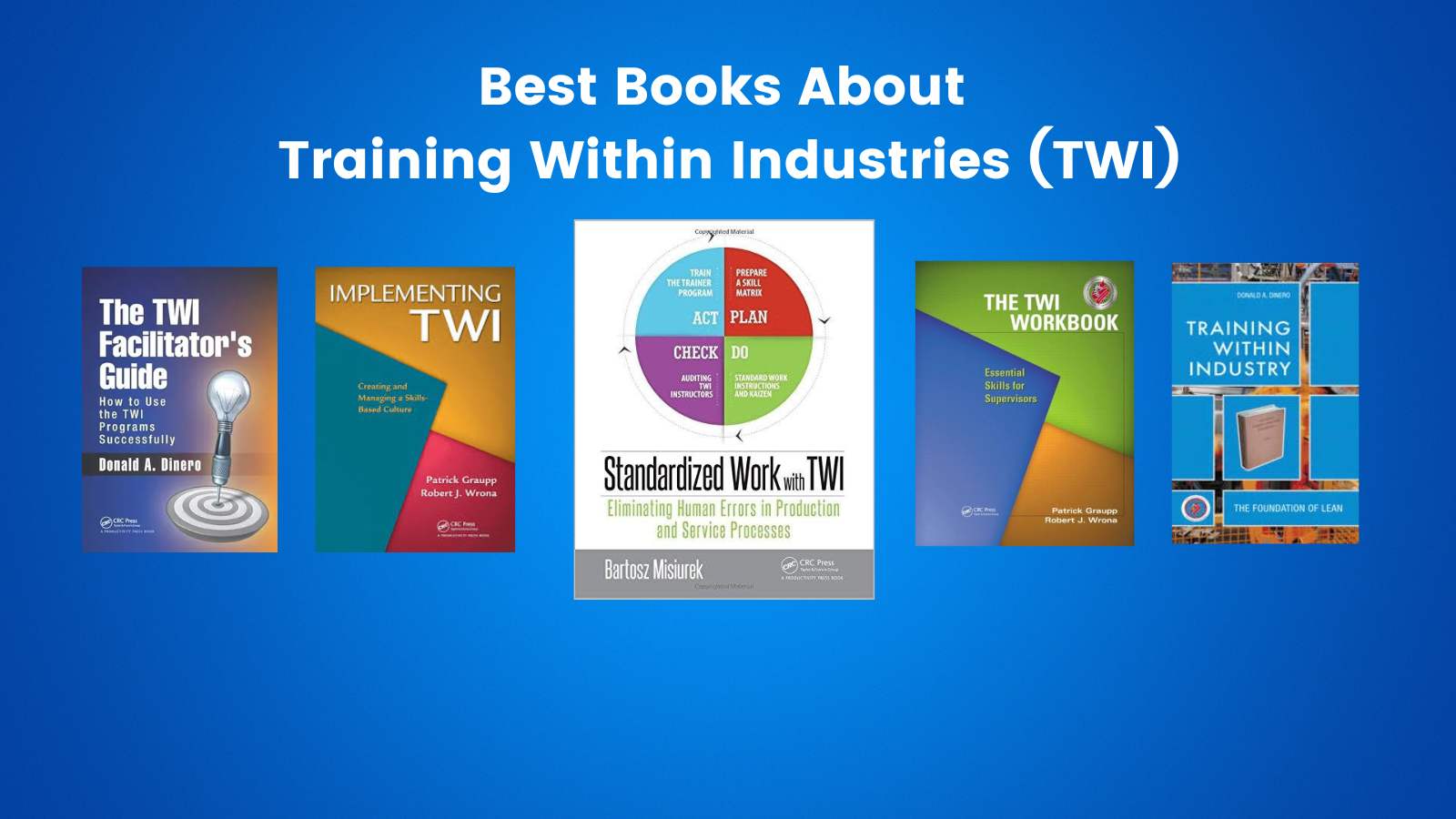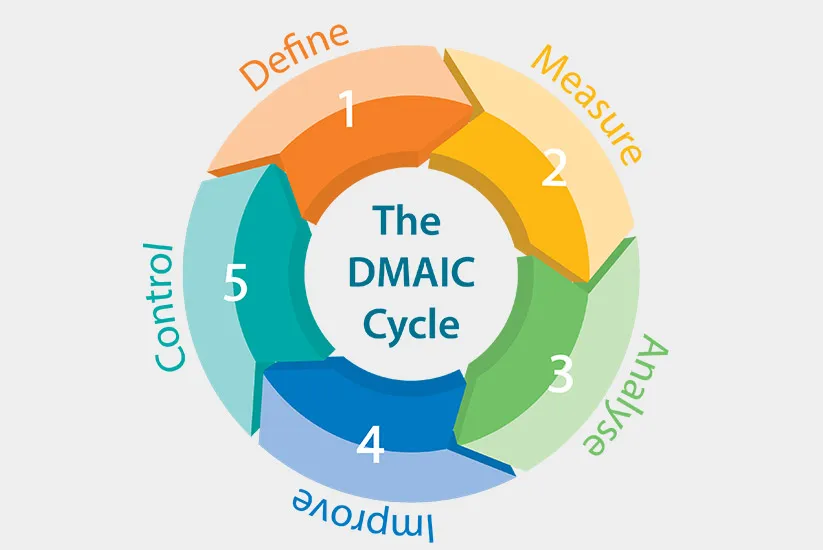Wise growth and lean management are complementary philosophies that prioritise sustainable expansion and value creation. In a business world obsessed with rapid scaling and headline growth, wise growth advocates taking a measured, long‑term approach. It emphasises building capabilities and culture before expanding, ensuring that growth strengthens rather than fractures the organisation. Lean management complements this by offering a disciplined framework for eliminating waste, empowering people and delivering customer value. When organisations adopt both mindsets, they achieve a balance between ambition and prudence, innovation and stability, growth and responsibility.
Table of Contents
ToggleUnderstanding the Principles
Wise growth starts with clarity of purpose. Leaders ask why they want to grow and whether expansion aligns with their mission. They consider the readiness of people, processes and systems before committing to new markets or products. Lean management provides tools to support these decisions. Techniques like value stream mapping reveal inefficiencies that could be exacerbated by growth. Standardised work ensures consistency and quality at higher volumes, while problem‑solving methods like the Plan‑Do‑Check‑Act cycle cultivate a culture of continuous improvement. Together, wise growth and lean management encourage organisations to grow when they are ready and in ways that enhance value for customers and employees.
Respect for people is another shared principle. Wise growth recognises that sustainable expansion depends on engaged, skilled teams who feel a sense of ownership. Lean management codifies this through respect for people and continuous learning. Rather than dictating change from above, leaders involve employees in shaping processes and identifying improvements. Training programmes like Job Instruction from the Training Within Industry (TWI) series teach supervisors how to develop people effectively, creating a stable foundation for growth. For more on TWI, see our article on TWI Job Methods.
Building Strong Culture and Customer Experience
Culture is the heartbeat of any organisation. Wise growth nurtures a culture of trust, collaboration and accountability. When teams feel valued, they are more willing to embrace change and invest energy in improvement. Lean management supports this by promoting visual management, feedback loops and team-based problem solving. As organisations grow, these practices maintain transparency and alignment across departments.
Customer experience lies at the centre of wise growth. Lean management defines value from the customer perspective and seeks to eliminate anything that does not contribute to it. Wise growth ensures that the pursuit of market share never compromises quality or service. Companies that listen closely to customers and adapt products and services accordingly build loyalty that fuels sustainable growth. They implement feedback mechanisms, personalise interactions and refine processes to ensure every touchpoint adds value.
Empowering Employees
Empowerment is more than a slogan – it requires systems and training. Lean tools like standard work, visual controls and 5S make it easier for employees to understand their roles and spot problems. Cross‑training ensures continuity when workloads shift or staff leave. Wise growth invests in education and coaching, equipping teams with problem‑solving skills and business acumen. As organisations expand, empowered employees become ambassadors of culture and catalysts of improvement.
Scaling Processes and Systems
One of the biggest challenges of growth is ensuring that operations can handle increased volume without sacrificing quality. Wise growth advocates strengthening processes before scaling. Lean management offers practical approaches: value stream mapping identifies bottlenecks and delays, while continuous flow and pull systems reduce inventory and lead times. By implementing these methods, organisations create a stable production environment that can support higher demand.
Digital tools play an important role, but they must be grounded in lean thinking. Automating an inefficient process simply accelerates waste. Wise growth encourages leaders to optimise processes manually before introducing technology. Once stabilised, digital solutions like enterprise resource planning (ERP) systems or advanced analytics platforms can enhance performance, offering real‑time insights and predictive capabilities without undermining flexibility.
Financial Discipline and Strategic Investment
Financial stewardship is essential to wise growth. While lean management stresses cost reduction by eliminating waste, wise growth balances efficiency with investment. Leaders allocate resources strategically, funding initiatives that align with long‑term goals and customer needs. They resist fads and instead evaluate opportunities through a value‑focused lens. A lean accounting approach ensures that decisions reflect true value creation rather than arbitrary cost allocations.
Strategic investment also extends to people and infrastructure. Funding training programmes, upgrading equipment and modernising systems are necessary expenses for sustainable expansion. Wise growth encourages leaders to view these outlays as long‑term investments rather than short‑term hits to the balance sheet. By building capacity before demand surges, organisations avoid the strain of reactive spending and ensure smoother growth trajectories.
Case Examples and Lessons
Manufacturing companies have long combined lean management with wise expansion. Toyota’s steady rise stems from its focus on quality, respect for people and long‑term thinking rather than aggressive acquisition. By standardising processes, empowering teams and continuously improving, it established a global presence without sacrificing its culture. Healthcare systems, facing rising costs and patient expectations, have adopted similar strategies. Hospitals using lean to streamline patient flow and reduce errors found that wise growth – such as adding new clinics only after stabilising existing operations – improved outcomes and financial performance.
Small businesses and start‑ups can also apply these principles. A software firm might prioritise customer feedback and process reliability before scaling. By refining onboarding and support procedures and training new hires thoroughly, it ensures that each additional customer receives high‑quality service. Such deliberate scaling may seem slower, but it protects reputation and reduces churn, laying a stronger foundation for future expansion.
Implementing Wise Growth and Lean Management
Implementing wise growth with lean management involves several steps. First, conduct a comprehensive assessment of current performance. Use lean tools to map processes, measure waste and gather feedback from employees and customers. Identify strengths and weaknesses in culture, skills and systems.
Next, align leadership. Wise growth requires shared vision across the executive team. Leaders must commit to prioritising sustainability over vanity metrics and to modelling lean behaviours. They allocate resources to improvement projects and make time for training and reflection.
Begin with pilot projects. Select a department or value stream where improvement will have noticeable impact. Apply lean techniques such as 5S, Kaizen and visual management, and involve frontline staff in every stage. Measure results and refine the approach. Use successes to build momentum and demonstrate the benefits of combining lean and wise growth.
Standardise and scale. Once pilots deliver results, document best practices and incorporate them into standard operating procedures. Train other teams, using cross‑functional workshops to share knowledge. Expand gradually, ensuring that each new initiative or market aligns with your capabilities and strategic objectives.
Challenges and Solutions
Change resistance is a common barrier. Employees may feel threatened by new expectations or fear losing control. Leaders overcome this by communicating a clear purpose, involving teams in design and celebrating incremental wins. Training and coaching build confidence, while transparency dispels rumours and reduces anxiety.
Limited resources are another hurdle. Smaller organisations may struggle to allocate time and money to improvement efforts. Lean management mitigates this by focusing on low‑cost experiments and eliminating waste to free up capacity. Wise growth encourages prioritisation: invest in high‑impact areas first, then reinvest savings into further improvements.
Sustaining momentum can be difficult once initial enthusiasm wanes. Regular reviews, visual dashboards and recognition programmes keep lean initiatives visible. Leaders must remain engaged, modelling curiosity and humility. Embedding continuous improvement into performance evaluations and strategic planning ensures that wise growth and lean management stay core to the organisation.
Balancing Innovation, Stability and Responsibility
Innovation is a growth engine, but it can destabilise organisations if pursued recklessly. Lean management advocates small, iterative experiments rather than grand bets. Wise growth ensures that innovation aligns with capacity and values. Establishing innovation teams with clear metrics and decision rules helps companies test ideas without disrupting core operations. Successful innovations are integrated into standard processes; unsuccessful ones are quickly retired, minimising waste.
Environmental and social responsibility are increasingly important aspects of sustainable growth. Lean thinking naturally reduces resource consumption and waste, contributing to environmental goals. Wise growth extends this by incorporating sustainability and ethics into decision‑making. Leaders consider the environmental impact of supply chains, invest in energy efficiency and support local communities through volunteering and partnerships. Customers reward companies that act responsibly, making sustainability not just the right thing to do, but a strategic advantage.
Continuous Learning and Adaptability
Continuous learning is essential for navigating uncertainty. Lean management provides structured methods for learning from experiments, while wise growth encourages reflective leadership. Organisations that embrace these mindsets learn faster than their competitors. They create safe spaces for experimentation and treat failures as opportunities for learning rather than reasons for punishment.
Adaptability goes hand in hand with learning. Cross‑training, knowledge sharing and rotating roles build a flexible workforce capable of pivoting when customer needs change or new opportunities arise. Feedback from customers and partners informs strategic adjustments. This responsiveness enables organisations to seize opportunities and mitigate threats, sustaining growth over the long term.
Conclusion
Wise growth and lean management together form a powerful framework for building organisations that are both resilient and dynamic. By focusing on purpose, respect, process discipline and continuous improvement, leaders can expand their businesses without sacrificing quality or culture. They invest in people, optimise processes, align strategy with execution and remain mindful of their impact on society and the planet. The result is growth that endures – a flourishing organisation that delights customers, engages employees and contributes positively to the world. To learn more about the underpinnings of lean, visit the Lean management page on Wikipedia.
I am an IT specialist, business trainer and MBA graduate. During my professional career, I gained sales, marketing and technological competences, and in 2018 I combined them into one, opening SellWise, one of the fastest growing consulting and training companies in Poland. Together with my team, I help Polish companies increase sales results, without spending huge amounts on ineffective actions, by adjusting processes to a changing environment.







